The integration of AI technology in the interior design industry is rapidly changing how architects and designers approach concept and creation stages of designing buildings and interior spaces. With the aid of AI, designers can efficiently generate ideas, explore new concepts and visualize designs with unprecedented detail. This article explores how AI is transforming the interior design industry and its implications for the future.
The Benefits of AI Technology in Interior Design
AI technology is beneficial in interior design because it automates many mundane tasks and produces high-quality outputs that would have been impossible previously. At 4SPACE, an interior design firm that has embraced AI technology, designers are using AI software in their design processes to generate high-quality renders and transform them from two-dimensional representations into three-dimensional models and objects. Instead of relying on Pinterest and other sources, AI is used throughout the early design stages to customize and craft mood boards to each client’s specific needs. AI allows designers to present a unique vision for the project to their clients by sharing 3D renderings in just a few days after the project’s launch.
The Role of AI in the Future of Interior Design and Architecture
AI technology is projected to play a significant role in the future of interior design and architecture. It can aid architects and interior designers in creating innovative ideas, providing references, and assisting in designing projects. AI-based tools are becoming increasingly popular among professionals in the industry, allowing them to create designs faster and more efficiently than ever before. With the ability to generate 3D renderings from sketches or photographs, AI can help designers save time while still producing high-quality results.
Designers and Artificial Intelligence
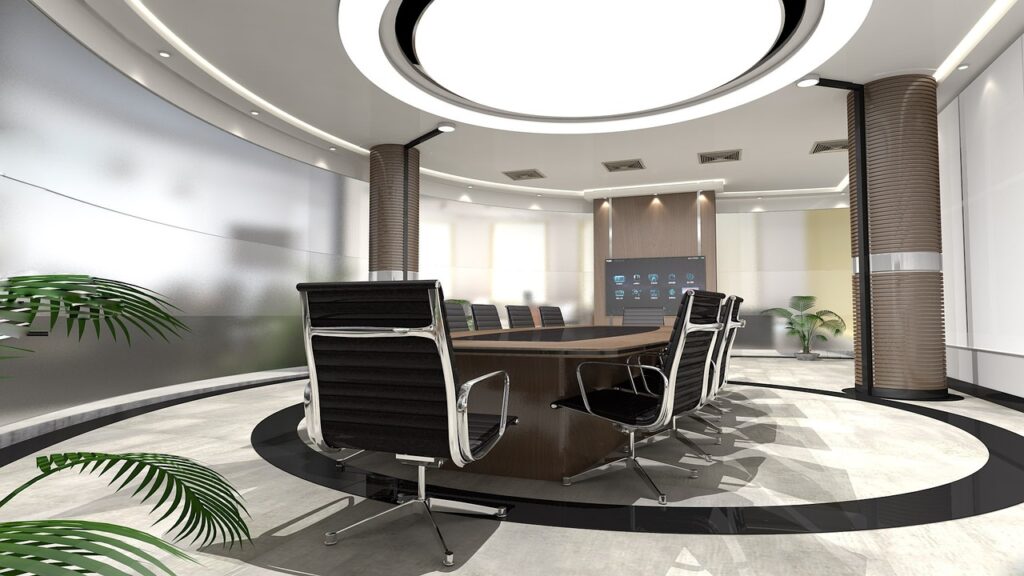
While AI technology is helpful, it should never supersede the creative process. Designers can achieve the best outcomes with a strong concept and utilizing algorithms to execute the design. It’s essential for designers to maintain their distinct voices and viewpoints and to use AI to improve and refine their concepts rather than letting them dictate the project’s direction. Designers must remember that they can only achieve optimal outcomes with a balance of human creativity and algorithm support. By controlling AI, designers produce genuinely original and authentic designs that are long-lasting.
Using AI in Interior Design
By utilizing the power of artificial intelligence, designers can revolutionize how people experience restaurants, cafes, bars, and clubs of the future. AI will allow for an optimized dining experience for customers that proprietors can tailor to their needs. With AI-powered interior design software, we can change how customers experience dining by creating unique and inspiring interior spaces that provide a truly one-of-a-kind dining experience. Designers can use this revolutionary technology to create stunningly creative designs for imaginative restaurants, futuristic nightclubs, and bars. With AI-powered design systems, we can quickly generate ideas for unique interior spaces tailored to their customers’ needs and preferences.
The Future of AI in Interior Design
Artificial intelligence is poised to transform how designers create and plan innovative solutions. Its influence will only continue to grow. AI has already been used in many industries to generate new ideas, designs, and creative solutions that would have otherwise been impossible a few years ago. With its impressive ability to learn from data and generate new insights, it is clear that AI will play an increasingly important role in the creative process well into the future.
Conclusion
The integration of AI technology in interior design is here to stay. AI technology provides unprecedented precision, accuracy, and automation, creating unique designs and content and allowing a transition into a new age of digital creativity. While AI can be helpful, it should never supersede the creative process. Designers must maintain their distinct voices and viewpoints and use AI to improve and refine their concepts rather than letting them dictate the project’s direction.


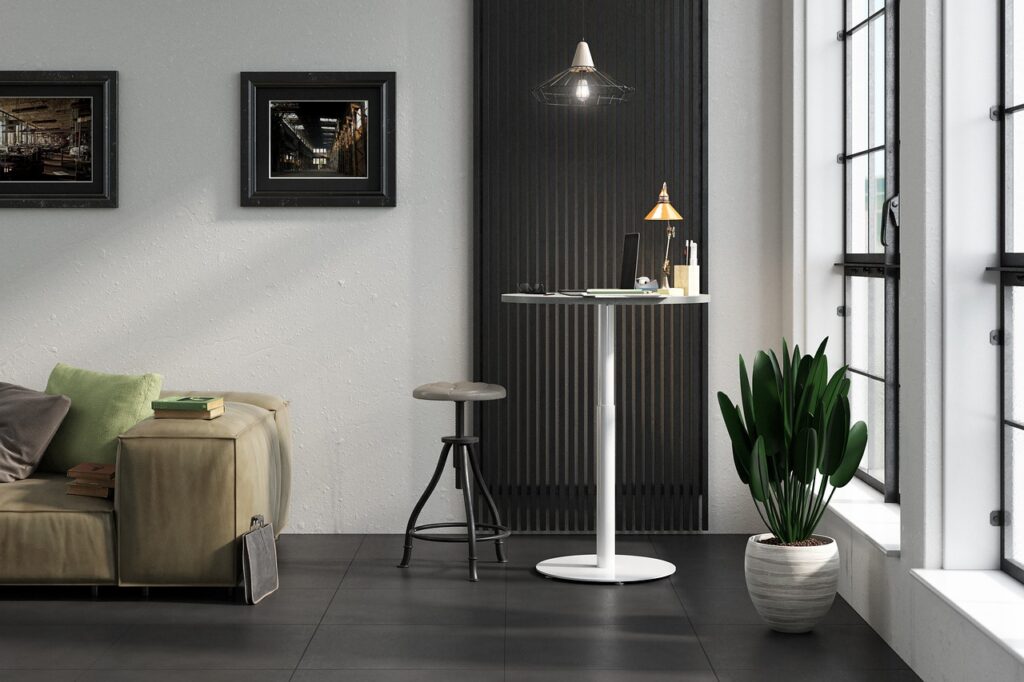
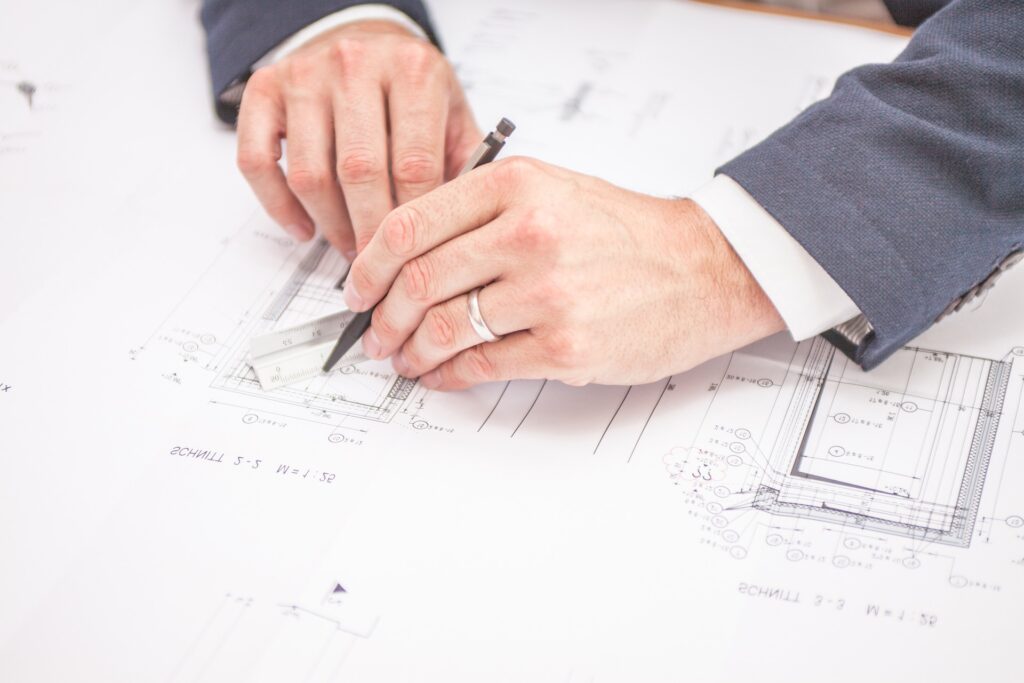
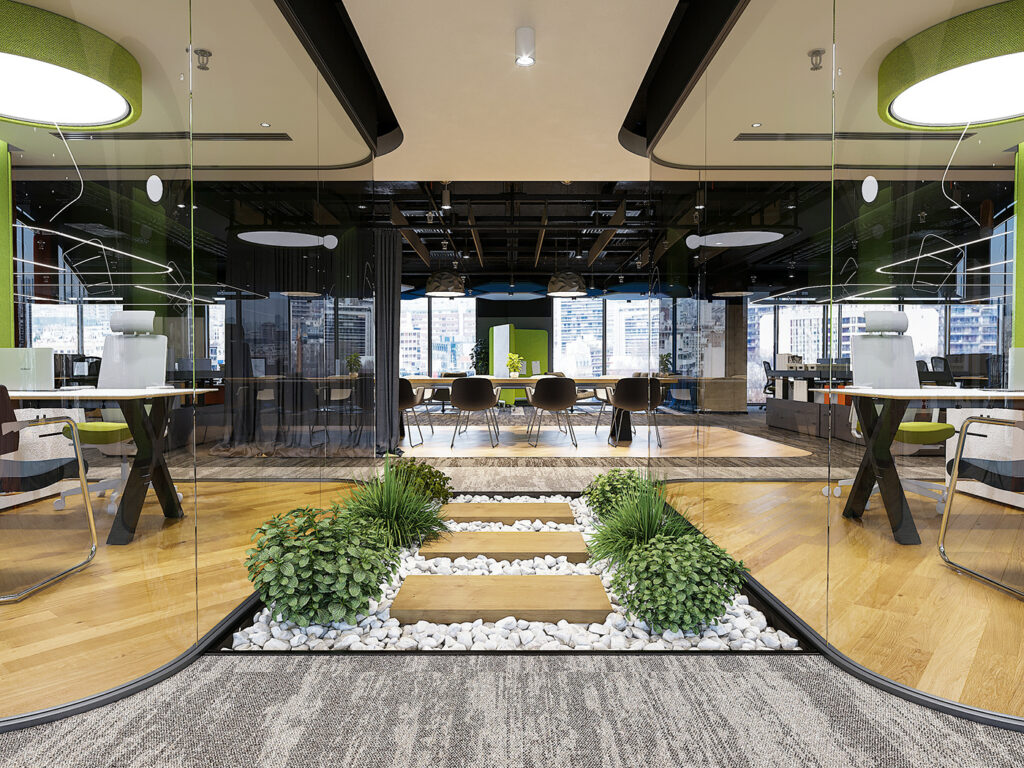
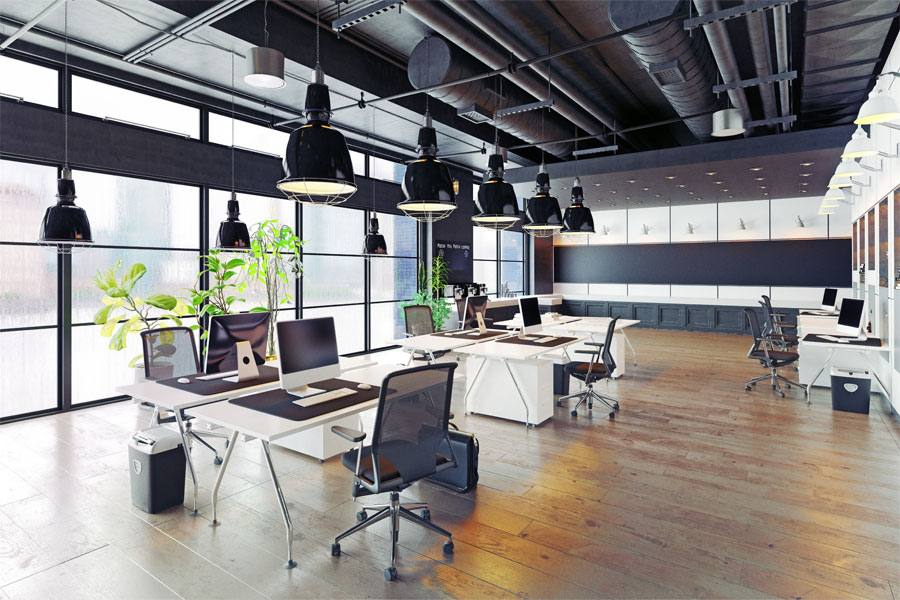
Thank you for such valuable information